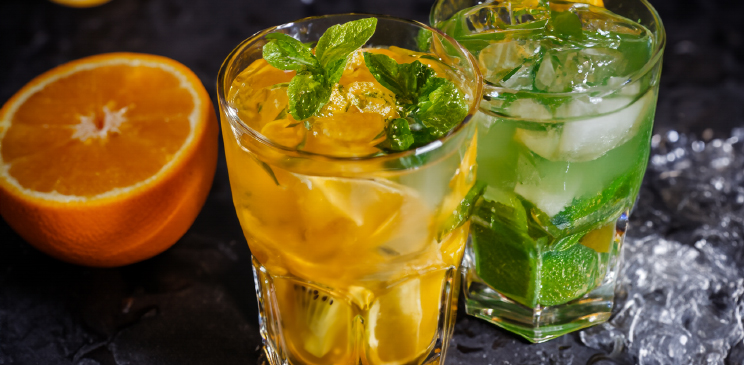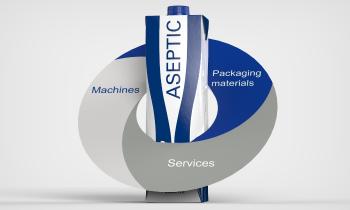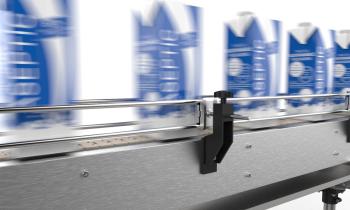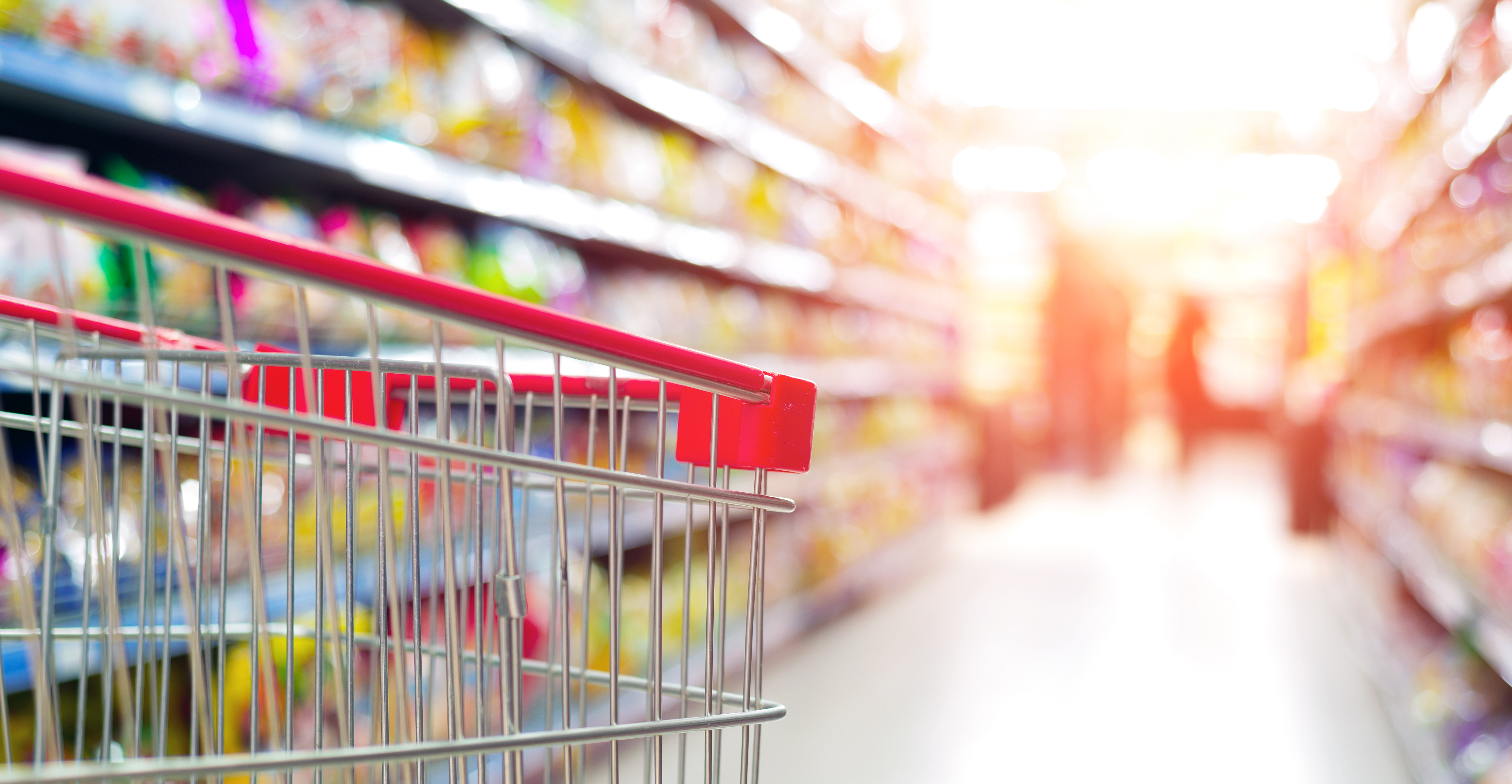Setting the Table for 2024 liquid food and beverages trends
Following the trends of the previous years, 2023 also saw the rise of new and intriguing growth opportunities, serving as a valuable testing ground for exploring future developments. In such a dynamic landscape, where consumers are increasingly aware of the impact and influence of their choices, not only on the environment, but also on the business’s decisions, unique opportunities emerge for companies to reconnect with their audience and stakeholders in new and meaningful ways.
From the pursuit of healthy, sustainable, and functional diets to the demand for rich-in or free-from food ingredients, to the request for convenient on-the-go packaged foods, and the growing use of artificial intelligence: what are the expectations of food and beverage consumers for the upcoming months and how can manufacturing and packaging companies respond to the market demand?
Let’s uncover together the trends of 2024.
Packaging labels under the spotlight: the go to way to explain and promote your food products
It's a fact: eating well leads to living well. We were already aware of this, but the pandemic has effectively reinforced it, leaving a mark on consumer habits and on their purchasing decisions, that have been heavily redirected towards more refined and healthier options.
Mintel reports that 79% of the Chinese consumers, aged between 50 to 65, opt for less processed foods to lead a healthier life. For 34% of adults in the US food processing is one of the main purchasing factors alongside the influence of the product’s price and taste.[1] The ratio goes even higher in Europe, Middle East, and Africa (EMEA), where a whopping 65% of consumers are prone to go through and scrutinize ingredients lists when making purchases; This marks a notable 2-point increase since 2019. When it comes to packaged food products, 70% of EMEA consumers actively look for ingredients they can easily recognize, while an almost equal proportion (64%) are steering clear of artificial additives[2] [3]. It is clear that people are becoming increasingly demanding regarding the formulations and production processes of their favorite foods and beverages, and labels are the best way to tackle such needs. The goal here is to help consumers make informed purchasing decisions.
Labels must effectively share all kinds of pertinent information: nutritional values, benefits, preparation, consumption and storage tips — all must and can be clearly communicated using an engaging yet understandable language. Optimized designs and vivid colors, coupled with clear space dedicated to storytelling, ensure that the product packaging not only captures the consumer's attention but also effectively conveys the unique story and values of the food and beverage manufacturers.

Recent advancements in the beverage industry: emerging trends meet traditional pillars
While traditional products such as milk, fruit juices and nectars continue to hold a dominant position in the market, there are also trending requests for innovation and a shake-up in the offerings. New beverage profiles are being reimagined through the introduction of exciting innovations such as functional beverages, low and no-alcohol alternatives, creative plant-based vegan drinks, or exotic blends, giving rise to ground-breaking flavor combinations. Beverage companies are now called to support diverse lifestyles of consumers by addressing their unique physical, mental and emotional health needs.
Notably, functional beverages lines and sports drinks represent one of the industry's fastest-growing categories, with a market value of $6.77 billion in 2022 and a projected value of $9.38 billion by 2029, according to Fortune Business insights. The request for such drinks enriched with vitamins, minerals, and targeted health benefits has triggered a wave of ingredient innovation. Companies are experimenting with unique plant extracts, superfoods, and herbs to craft functional beverages with distinctive flavors and enhanced health advantages.
But the demand for innovation will not stop here: people are increasingly aware of their alcohol consumption and the related side effects, yet they are not willing to forgo social occasions. This has led to the creation of a wide range of low and no-alcoholic beverages, from alcohol-free beer and wine to sophisticated mocktails and alcohol-free spirits. The global low & no alcohol beverages market, valued at $20.7 billion in 2019, is projected to grow to $32.9 billion by 2028.[4] Europe leads this growth, driven by a shift of consumers towards low & no alcoholic alternatives and the presence of major producers in the area. North America and America are also key markets, with increasing demand for varied low alcohol content beverages, highlighting significant growth potential in the sector.
Another noteworthy development in the industry is the rise of plant-based beverages, purposefully designed to cater not only to the preferences of the broad vegan and environmentally conscious consumer base but also to address the growing demand for "free-from" products. As an increasing number of people embraces eco-conscious and healthier lifestyles integrating plant-based products into their daily routines, Mintel analysts predict that the plant-based market is on track to hit $ 160 billion value by 2029. This surge in demand spans across various regions globally, with the Asian Pacific area standing out: in China alone, for instance, it is estimated that 15% of consumers currently incorporate plant-based beverages into their daily consumption habits.[5] However, the potential for growth is even more significant, as over half of consumers express a desire to consume a greater variety of plant-based drinks with diverse sources in the future. To stand out and keep on track in such a crowded market, innovative companies are exploring ingredients such as pea protein, rice milk, and hemp milk to create unique and flavorful plant-based beverages. An interesting aspect of this market evolution is the packaging choice; according to Euromonitor, in Europe, about 69% of dairy-alternatives are packed in aseptic carton bricks, with a Compound Annual Growth Rate (CAGR) of 5.4% from 2017 to 2021, highlighting how product presentation is also a potential driver able to influence consumer expectations and preferences.
Furthermore, the exploration of various flavor components, whether sweet, savory or spicy, adds a new dimension to traditional beverages, offering consumers an ever-evolving array of choices. From exotic fruit-infused waters to herbal tea blends featuring unexpected spice infusions, these creations aim to captivate and delight consumers with every sip.
Ai's unstoppable journey: how packaging will redefine consumer experiences
The rise of Artificial Intelligence is hard to avoid. It is suddenly everywhere, already influencing several areas, from text and image generation, to impacting our daily lives and work routines. It is increasingly shaping the way consumers interact with beverages and food products, streamlining processes from purchase to preparation, cooking, and dining. Companies have recognized these opportunities and are already applying them to provide personalized customer experiences, with trained algorithms suggesting customized drink options, recipes, preparation and cooking methods and even packaging designs.
Looking ahead, in the foreseeable future brands will have to keep backing up consumers by integrating and taking advantage of AI in their daily routine. Concerning food and beverages market, the focus will likely be on engaging with consumers and delivering them interactive instructions. How? A key tool in this engagement strategy is the incorporation of QR codes on packaging. These QR codes can be scanned by consumers to access a wealth of resources directly on their hands, such as step-by-step cooking videos, recipe ideas, and nutritional information. This approach not only simplifies the meal preparation process but also enriches the overall consumer experience by offering a more interactive and informative way to interact with food and beverage products.
By leveraging technology in this manner, brands can foster a deeper connection with their audience, encouraging exploration and experimentation in the kitchen, and ultimately, elevating the enjoyment of meals. Now more than ever, people want brands that speak to them on a personalized and innovative level. Is your business ready for 2024? If you want to stay on top of trends, contact us.
 ASEPTIC SOLUTIONS PROVIDER
ASEPTIC SOLUTIONS PROVIDER
 FILLING EQUIPMENT
FILLING EQUIPMENT
